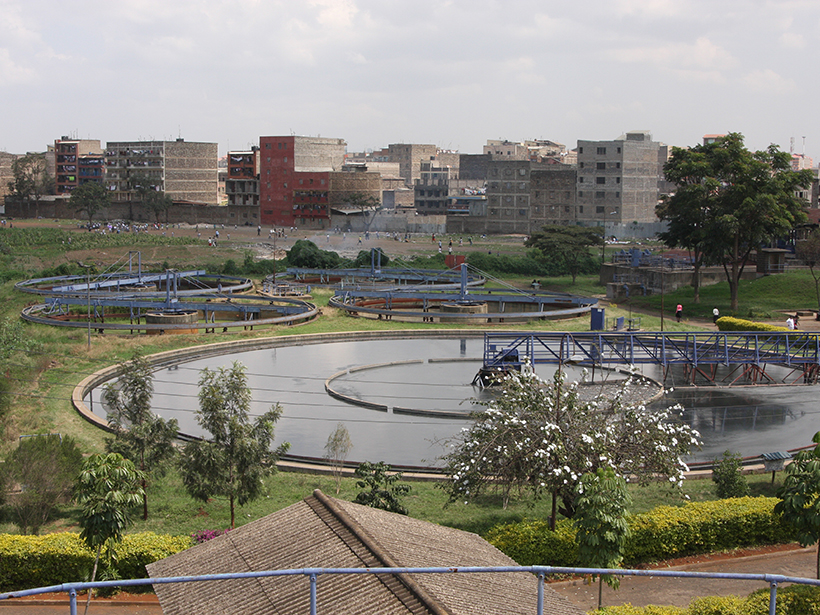Source: Water Resources Research
In the developing world, many water utilities implement an increasing block tariff (IBT) in which the volumetric price a user pays for each unit of water used increases from one usage “block” to the next. However, new research shows that IBT’s pricing framework may not really help those it’s designed to aid.
The IBT holds widespread appeal for two reasons. First, policy makers believe that setting a low price in the first-usage block, often referred to as a “lifeline block,” ensures that low-income customers can access a certain quantity of water at a low price. The price in the lifeline block is typically set below the average cost in an attempt to subsidize water use by low-income customers.
Second, they believe that higher prices in the upper blocks of the tariff can curb wasteful usage and provide an opportunity to recover costs from wealthier customers who are assumed to use more water. However, there is limited research into whether water use and income are highly correlated and whether the IBT is an effective means of delivering subsidies to low-income customers.
Fuente et al. use the case of Nairobi, Kenya, to explore these questions. The researchers paired metered water use data for 656 households chosen at random from two of six service regions in Nairobi with household-level socioeconomic and demographic data collected between November 2013 and January 2014. They combine these data with data on water use from the Nairobi City Water and Sewerage Company (NCWSC) to examine the extent to which the IBT in Nairobi targeted subsidies to low-income customers. They then expanded their analysis to all customers served by NCWSC to explore how subsidies were distributed among residential and nonresidential customers.
The team found that the IBT in Nairobi was not effectively targeting subsidies to low-income customers—in fact, higher-income residential customers and nonresidential customers received a disproportionate share of the total subsidies delivered through the tariff.
In Nairobi, the IBT did not effectively target subsidies to low-income customers for several reasons. First, the researchers found that water use among high- and low-income customers did not vary substantially. This contradicts widely held assumptions about the relationship between household income and water use and undermines a primary rational for implementing the IBT. Second, prices in Nairobi were well below the full cost of providing water and wastewater services. When prices are not sufficient to cover costs, all customers are subsidized, and it’s not possible for the tariff to effectively target subsidies to low-income customers. The fact that subsidies were not well targeted among NCWSC customers is striking in light of the fact that the poorest residents in Nairobi do not have access to piped water services and thus cannot benefit from subsidies delivered through the official water tariff.
The authors suggest that policy makers should explore other means of delivering subsidies for water and wastewater services to low-income customers, including subsidies to help low-income customers obtain connections to the piped network. Ultimately, research like this will be crucial to improving the design and implementation of water tariffs, particularly in the face of rapid urbanization and increasing water scarcity in many regions. (Water Resources Research, doi:10.1002/2015WR018375, 2016)
—Lily Strelich, Freelance Writer
Correction, 2 August 2016: The image’s caption has been changed to correctly identify the treatment plant photographed. Text explaining “lifeline block” has also been clarified.
Citation:
Strelich, L. (2016), Water subsidies may not be going to those who need them most, Eos, 97, https://doi.org/10.1029/2016EO056535. Published on 02 August 2016.
Text © 2016. The authors. CC BY-NC-ND 3.0
Except where otherwise noted, images are subject to copyright. Any reuse without express permission from the copyright owner is prohibited.

